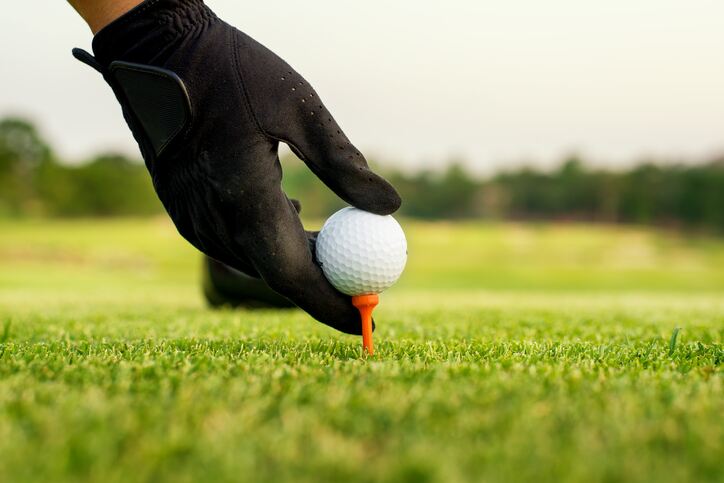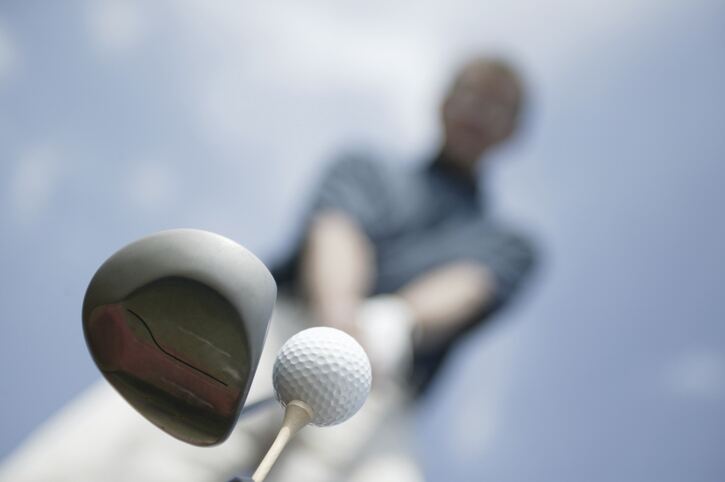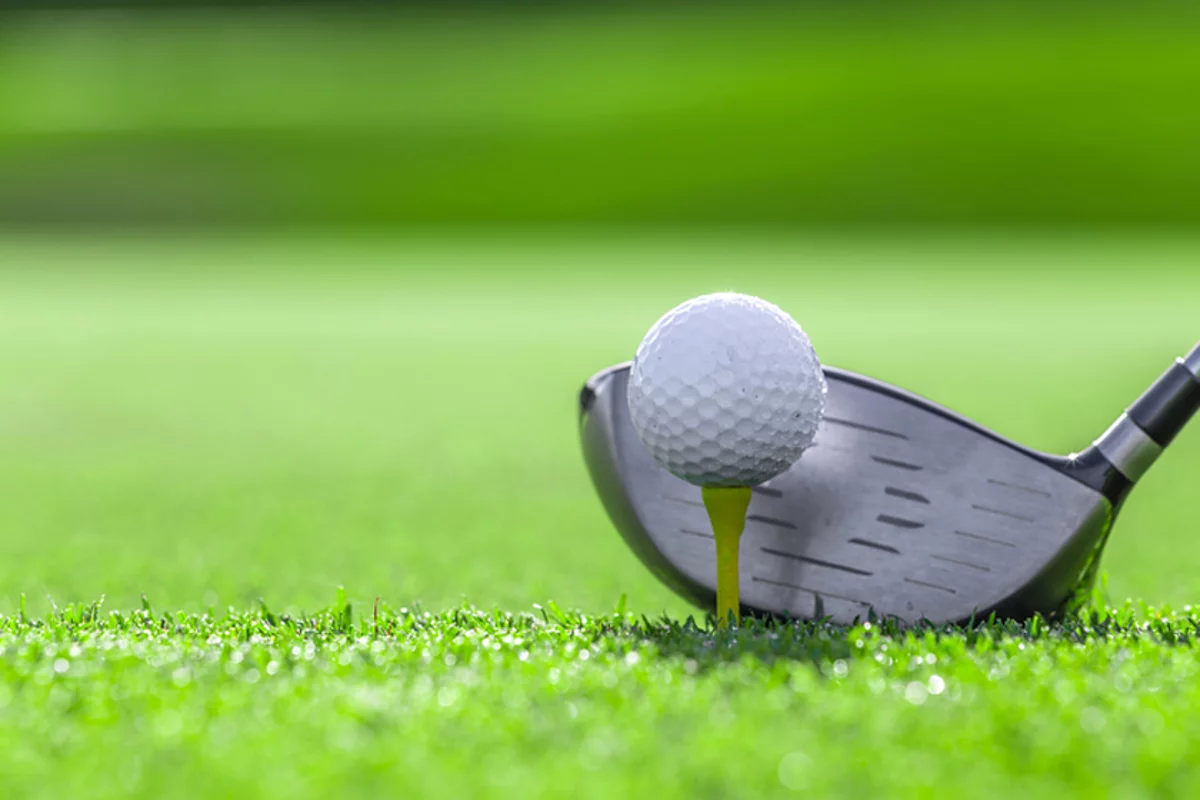| Your tee shot – especially the first of the day – can often set the mood for the rest of your game. Get it right and you could land perfectly on the fairway with just a simple lay-up shot to complete. Get it wrong and you’re on the back foot for the rest of the hole, trying to bash your way out of the rough or dig your ball from out of a bunker. And while many aspects to the perfect tee shot come down to issues like swing, confidence and grip, how you set up the shot can also have a huge impact. Choosing the right balls There are a number of things to consider when selecting a ball for your first drive of the day – one of the main ones is: do you crack open a new set or select one of your old favourites? While you might have a lucky ball, choosing a new one will probably add a few yards to your drive. This is because damage over time can reduce the bounce of balls. If you decide to go with new balls, which ones to buy becomes the next question. Balls with a firm core can give you more spin, while a larger core produces more power and speed. The dimples also matter, as they affect the flight of the ball. The rule of thumb? The larger and shallower the dimples, the higher your ball will go. There are other things to consider as well, such as what the cover is made from. A thin Urethane outer shell is relatively soft - this gives you more control over the ball and some extra spin. Surlyn on the other hand, can be harder - while it gives less feel, it provides you with more distance. If you’re confident you can strike a clean drive, go for Surlyn. If not, maybe Urethane is for you. |
 |
|
Which tee for you? |
 |
|
Where to play from You’re given a number of options in most courses of where you want to tee off from. Usually there are around four positions. The accepted wisdom now is to play from the tee most suited to your level. If you’re playing from the very back you’re not giving yourself a chance.By playing from the back tee, you’re not playing the same ‘relative’ course as a professional. A study into tee positions found that an average golfer playing a 6,700-yard course from the back tee would be the equivalent of a tour player playing an 8,100-yard course. Another analysis calls for something called ‘drive x 28’. This is the theory that the total length of the course you play should be the length of a good drive for you, times 28. |

Teeing up – how to get it right
Before you even strike the ball, there are a few things about your tee shot to consider for a perfect drive…
4 Aug 2016
2 minute read
RECENTLY VIEWED